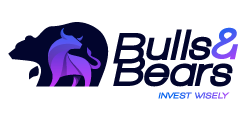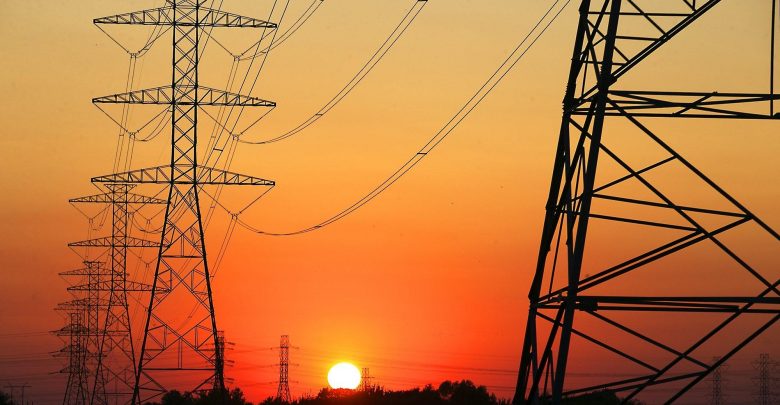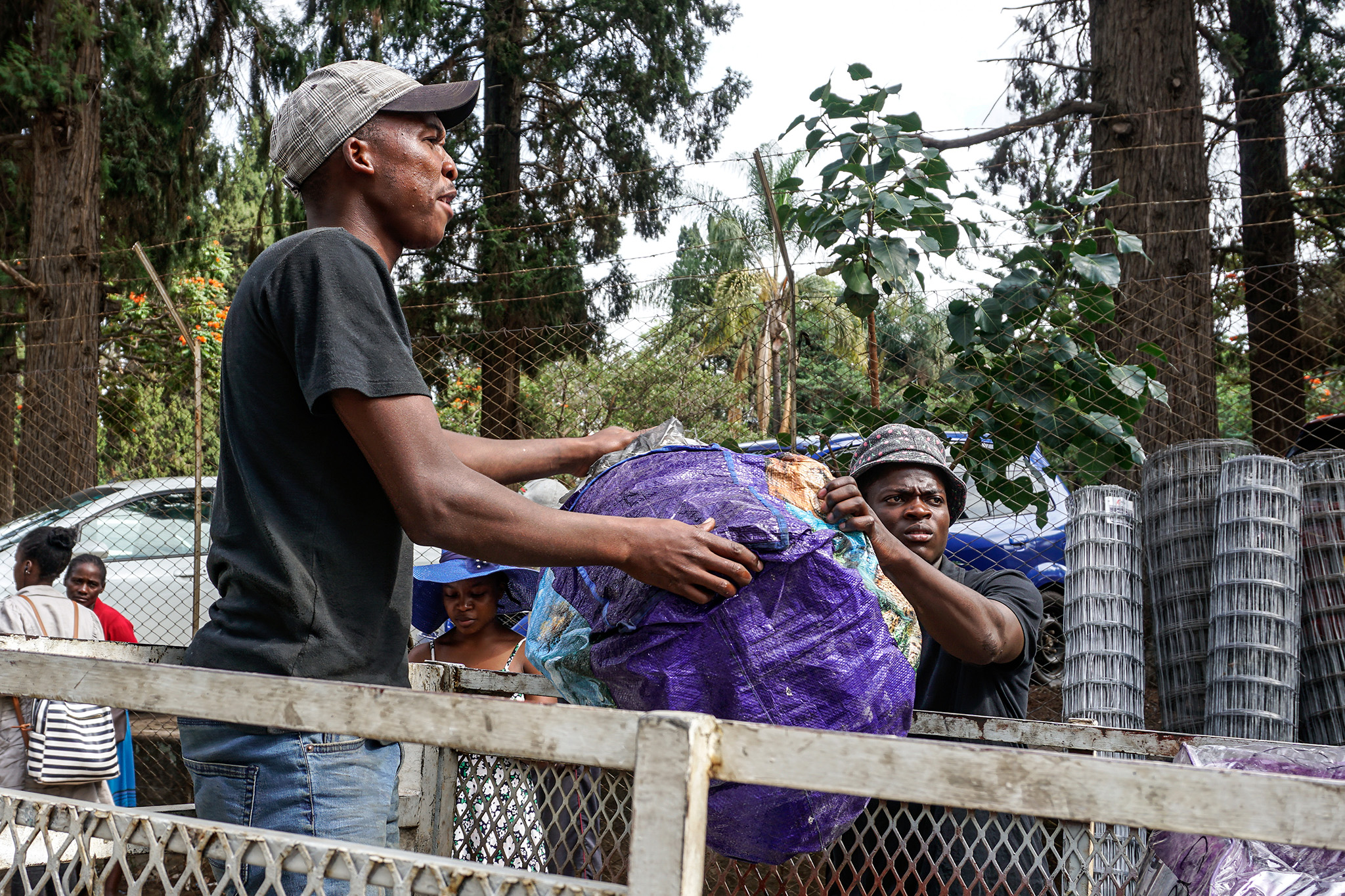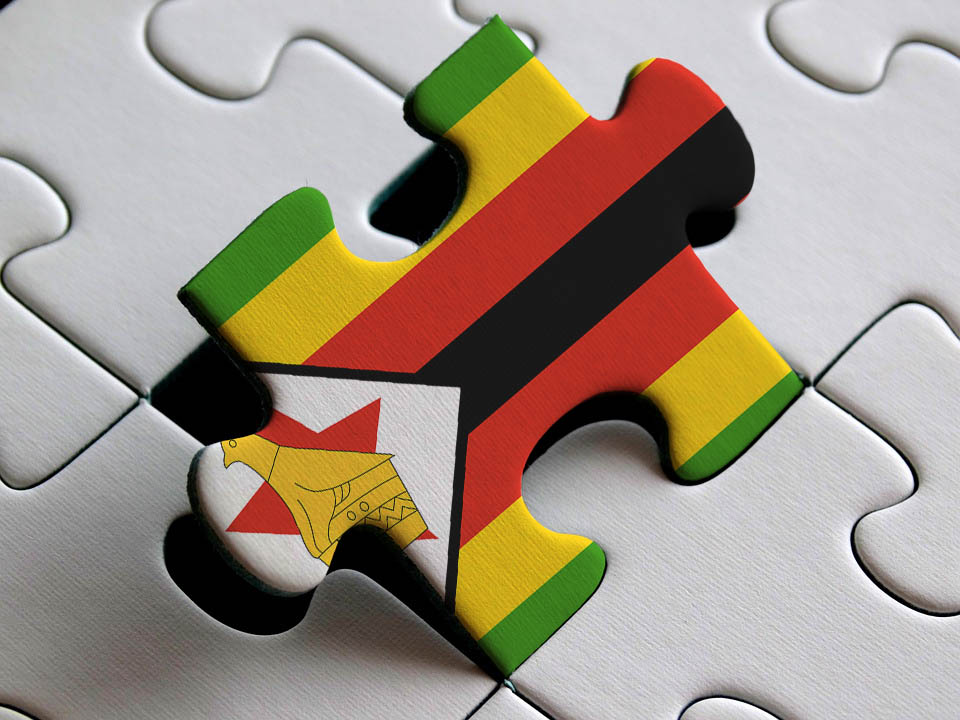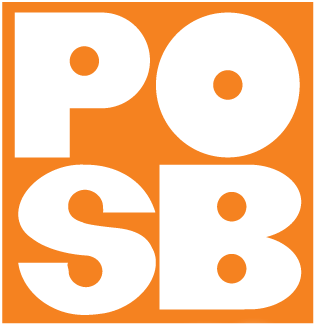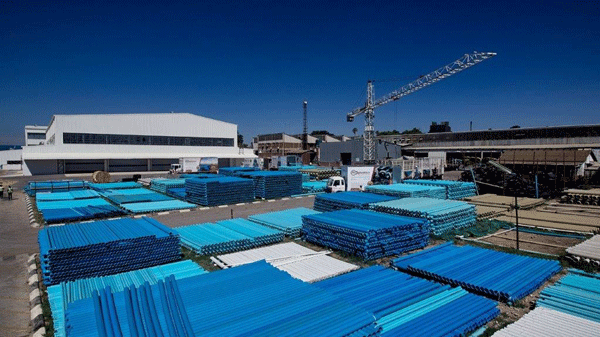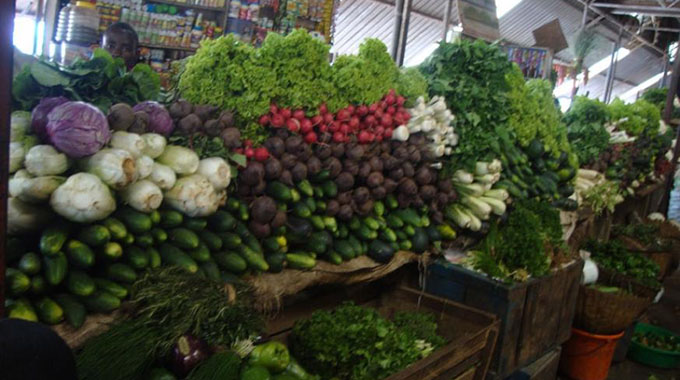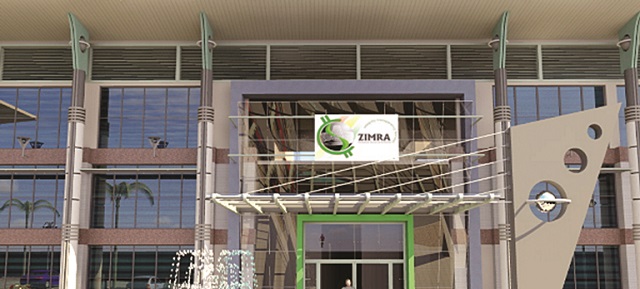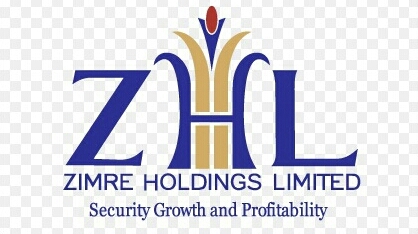Zimre Holdings F24: Growth, Grit and Growing Pains
HARARE – In a year defined by economic volatility and operational headwinds, Zimre Holdings Limited (ZHL) emerged with one of the boldest performances in the financial services sector. Posting a 471% surge in after-tax profit to US$10.33 million, ZHL didn’t just survive the storm; it charted a course through it. But, while the top-line figures paint a picture of resurgence, a deeper dive into the financials reveals a more complex narrative: one of smart capital deployment, regional resilience, and a few warning signs that can’t be ignored.
The macroeconomic conditions across ZHL’s operational footprint—Zimbabwe, Malawi, Zambia, Botswana, and Mozambique—were, by any measure, tough. Zimbabwe saw GDP growth stagnate at 2%, crippled by droughts and currency instability. Malawi’s inflation soared to 33%, Zambia grappled with chronic energy shortages, and even diamond-rich Botswana experienced economic contraction. ZHL’s move to rebase its financial reporting to the US Dollar in 2024 was timely and necessary, helping stabilize performance metrics in the face of wild currency swings. This strategic currency shift revealed the true resilience of the group’s diversified portfolio.
ZHL recorded US$88 million in total income, a 25% jump from the previous year. Insurance contract revenue led the way at US$61.86 million, buoyed by strong performances in life assurance, reinsurance, and regional subsidiaries—particularly in Mozambique. A leaner, more disciplined approach to underwriting resulted in a 166% increase in insurance service result, reaching US$5.53 million, while investment income held firm at over US$11.6 million, despite a hit from foreign exchange losses.
Total assets climbed to US$208 million, up 14%, driven by growth in investment properties and financial assets. Cash generated from operations rose by 51% to US$15.82 million, reflecting improved working capital management.
But behind the growth lies a tale of rising costs. Operating and administrative expenses ballooned to US$19.15 million, up more than 31% from the previous year. Finance costs also doubled. For a company aiming to scale regionally, the cost structure will need tighter controls to sustain long-term profitability.
The reinsurance business, under the Emeritus Reinsurance brand, was a standout performer—but not without its wrinkles. The reinsurance segment was a major contributor to the insurance revenue, with strong showings from Mozambique, where a combination of improved capitalization and economic tailwinds (including a 5% GDP growth) gave the business new momentum.
Botswana, on the other hand, required balance sheet restructuring to resolve prior capital adequacy challenges. That process seems to be bearing fruit, but it came at a cost—both financial and strategic.
However, there’s a dark spot in an otherwise bright story: net expenses from reinsurance contracts held jumped to US$5.44 million, more than doubling from the previous year’s US$2.49 million. This surge could signal rising reinsurance costs or weaker treaty terms, both of which could put pressure on margins in the future. Additionally, the reinsurance liabilities decreased to US$5.45 million, down from US$7.4 million. While this might reflect improved risk retention, it could also indicate a slowdown in new reinsurance contracts—something worth monitoring.
Fidelity Life Assurance, ZHL’s main life insurance subsidiary, played a key role in the group’s earnings turnaround. A jump in new life business and disciplined claims management helped boost performance. Investment contract liabilities rose 66% to US$16.7 million, and life-related insurance contract liabilities now account for a major share of the group’s obligations.
Among Fidelity Life Assurance’s standout performers in 2024, the Vaka Yako product has proven to be a subtle yet significant contributor to the company’s insurance revenue. Although it isn’t singled out in the financial disclosures, its likely classification under investment contracts with discretionary participation features (DPF)—which brought in US$8.98 million of the total US$11.43 million—hints at its growing influence. The 30.8% year-on-year rise in this category points to stronger demand, potentially driven by Vaka Yako’s widespread appeal among grassroots policyholders.
Beyond its financial contribution, Vaka Yako is helping to deepen customer trust and brand loyalty—essential in an economy marked by exchange rate instability and rising inflation. As Fidelity overhauls its insurance offerings to comply with IFRS 17 and shifts to a USD reporting framework, products like Vaka Yako are becoming instrumental not just for income generation, but for reinforcing the company’s role in Zimbabwe’s evolving financial ecosystem.
ZHL’s real estate investments, housed under Eagle Real Estate Investment Trust (REIT), continue to be a quiet powerhouse. Rental income rose 22% to US$2.53 million, driven by improved occupancy and efficient asset management. The value of investment properties rose to US$87 million, with fair value gains of over US$8 million booked in 2024.
The anticipated listing of the Eagle REIT in 2025 is a potential game-changer. It could unlock value from ZHL’s vast real estate portfolio, attract institutional capital, and reduce balance sheet pressure. Developments like the Mazowe Mall, built with green architecture and sustainability in mind, showcase ZHL’s commitment to ESG-forward projects. But the success of the REIT hinges on listing execution and the group’s ability to differentiate itself in a crowded property market and a liquidity constrained capital market.
ZHL’s investment portfolio held steady, with gains driven by equities and property. Financial assets at fair value through profit or loss climbed to US$26.5 million, up from US$15 million. The group booked US$5.9 million in fair value gains, largely from listed equities.
However, the investment line was hit by a US$910,000 foreign exchange loss, a dramatic reversal from the US$1.96 million gain in 2023. With much of ZHL’s investment income sourced regionally, currency volatility will remain a threat—particularly in Zimbabwe and Malawi.
ZHL declared a US$750,000 dividend, translating to US$ 0.00041 per share—a 25% increase from 2023. That’s welcome news for shareholders, but a closer look at the equity section of the balance sheet shows retained earnings dropped to US$64.2 million, down from US$66.3 million. The drop reflects both the dividend payout and a US$9.8 million allocation to insurance reserves—a prudent move, but one that reduces capital available for reinvestment.
As ZHL looks to 2025, the focus will be on executing two major listings—Emeritus International on the Botswana Stock Exchange and Eagle REIT locally. Both moves could unlock value, strengthen balance sheets, and reinforce ZHL’s regional credibility. But they also come with scrutiny. ZHL will need to address internal weaknesses—especially around compliance and cost management—before stepping into the spotlight of international markets.
ZHL’s 2024 was a success story, but not a flawless one. With the right execution, the group could position itself as a pan-African insurance and investment giant. But getting there will require not just growth—but governance, grit, and grounded decisions.
ZHL 2024 (USD) 2023 (USD) Change (%) Analysis
Revenue 88.02M 70.37M +25% Strong growth, but expenses rose faster.
Insurance Contract Revenue 61.86M 50.00M +24% Driven by life & reinsurance, but claims risk rising.
Profit for the Year 10.33M 1.81M +471% Massive jump, but audit concerns linger.
Total Assets 208.08M 182.04M +14% Mostly illiquid (real estate, investments).
Total Borrowings 3.70M 1.01M +266% Short-term, high-interest debt (up to 25%).
Net Cash from Operations 15.82M 10.50M +51% Improved collections, but sustainability?
Insurance Service Result 5.53M 2.08M +166% Better underwriting, but onerous contracts (USD1.75M loss).
Investment Income 11.62M 12.02M -3% Slight dip, but still a key profit driver.
Dividend Declared USD 750,000 USD 600,000* +25% Low payout ratio (7.3%)—cash hoarding?
Earnings Per Share (EPS) 0.45 USD cents 0.10 USD cents +350% Big jump, but IFRS 17 adjustments may revise this.
Total Equity 65.44M 60.82M +8% Growth, but heavily tied to revalued assets.
Non-Performing Loans (ECL) 1.87M 1.31M +43% Rising credit risk in receivables
-finx
